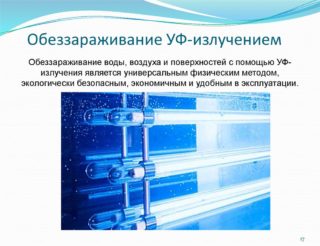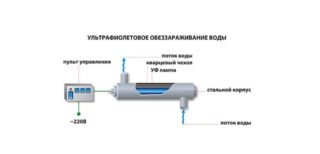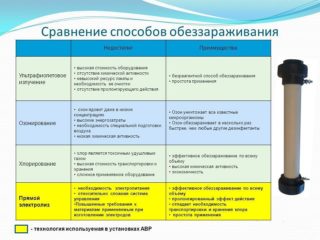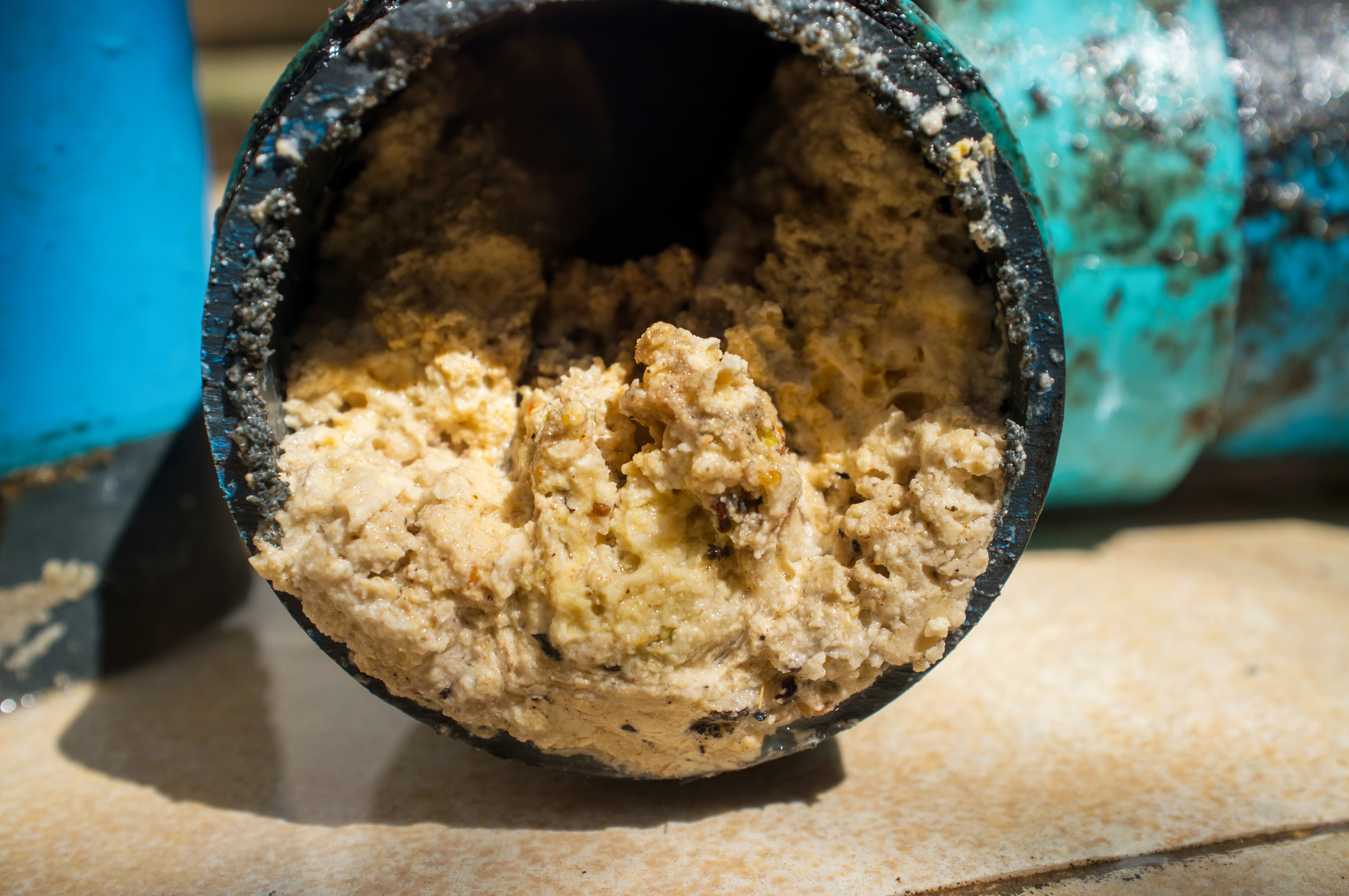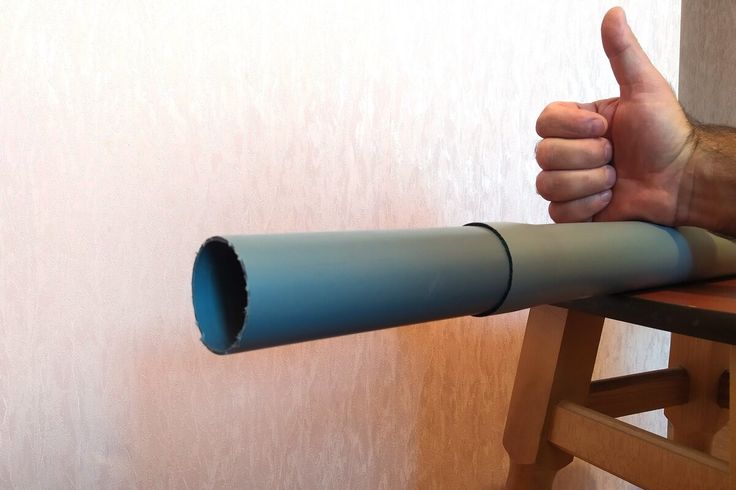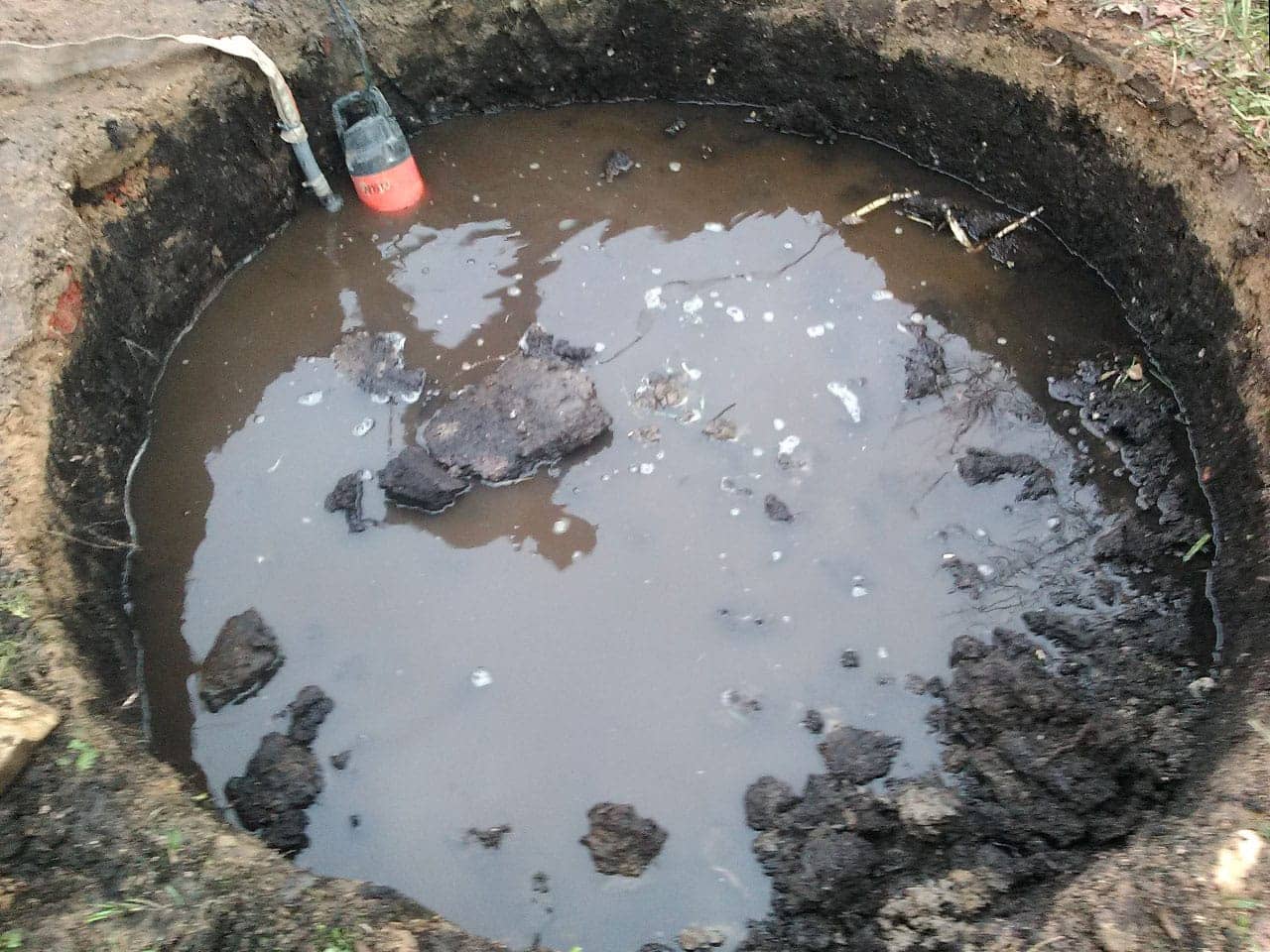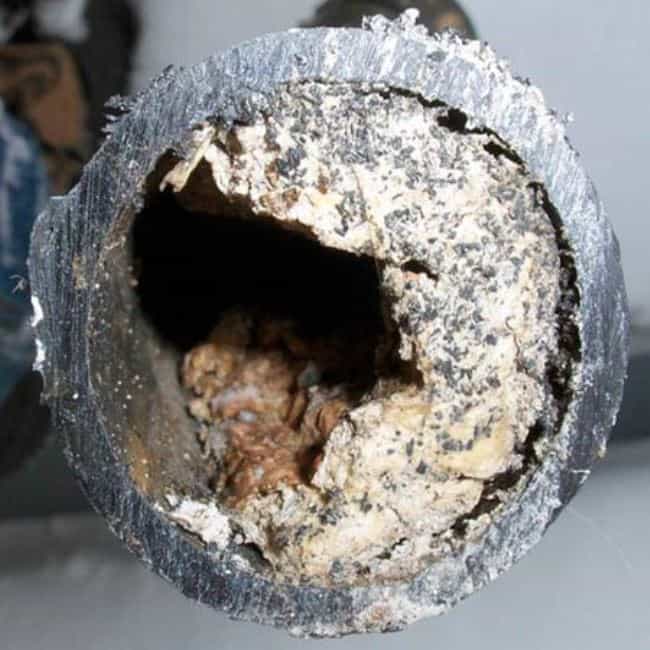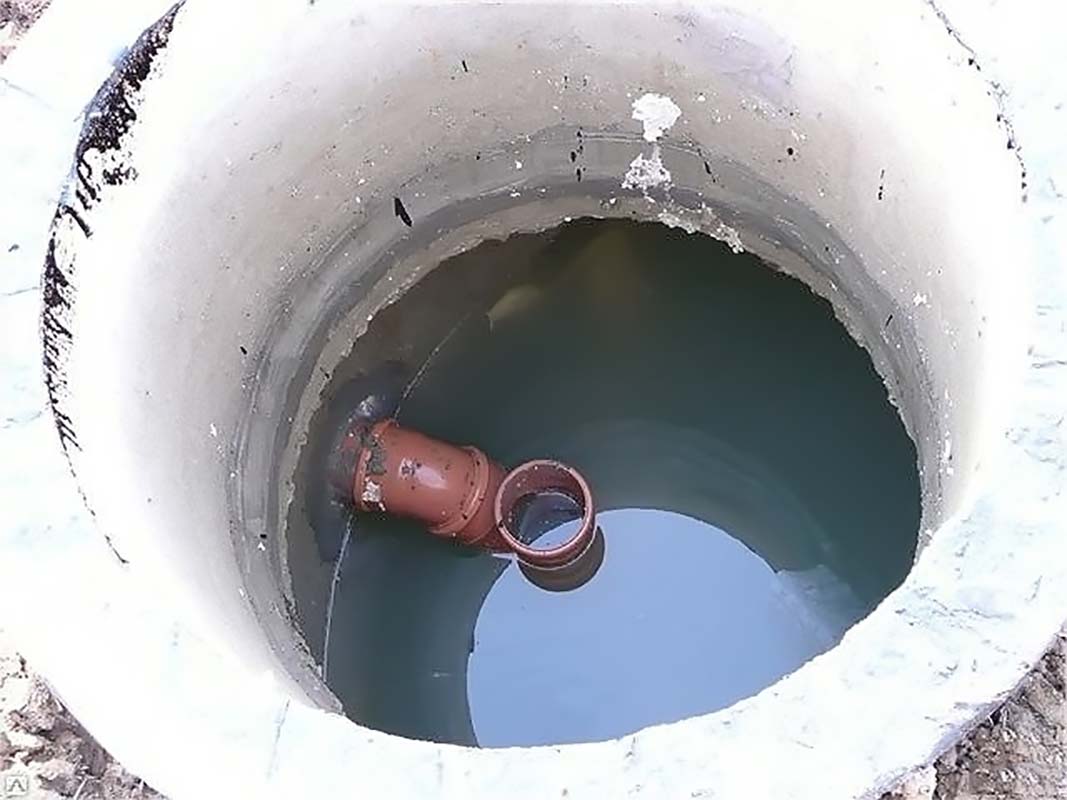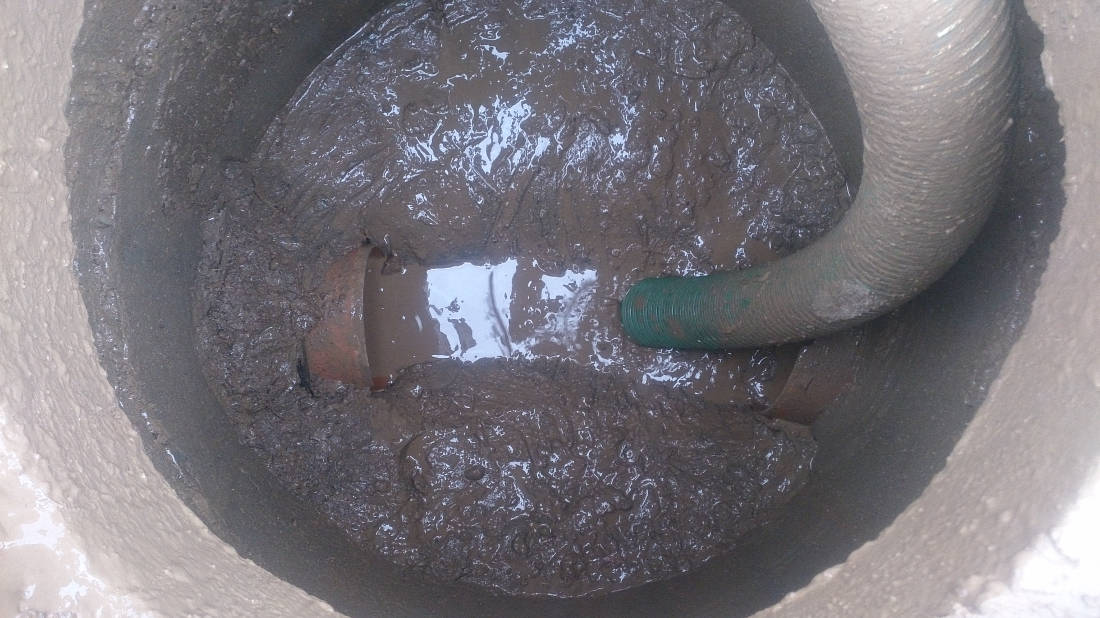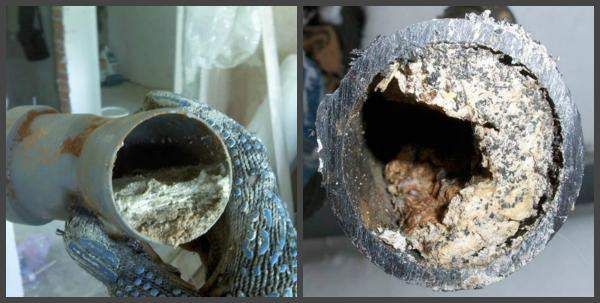The most common method of water disinfection is chlorination, due to the cheapness of raw materials. Along with this, the remains of the active substance are able to form a chemically active sediment at the bottom of reservoirs, where treated wastewater is discharged. This creates an unfavorable ecological environment for animals and fish living in the water. Therefore, it is necessary to consider methods that can be useful for arranging autonomous sewers, the drains of which are discharged into nearby reservoirs.
Scope of ultraviolet water disinfection
The scope of the installations is wide: industrial enterprises with a large amount of wastewater, private septic tanks or biological stations. After the final stage - irradiation - the liquid can be reused or discharged into water bodies without the danger of an epidemic.
The unit can be used not only for sewage fluids, but also for drinking water, since ultraviolet light does not change its chemical and physical properties.
Principle of operation
Passing through the walls of the cells of microorganisms, ultraviolet light causes irreversible consequences in them, after which the bacteria lose their ability to reproduce. This is the most important factor as pathogens are detrimental to human health if they begin to multiply.
The advantage of the method is that many bacteria have become resistant to chlorine and other chemicals, so they do not lend themselves to its influence and continue to actively divide. It is impossible to adapt to ultraviolet light, so the method is more reliable.
Re-contamination can occur if the water supply systems that transfer liquid for reuse to people are in poor sanitary condition. For this, after ultrafiltration of wastewater, chlorination is used, which has a longer period of action.
Wastewater disinfection equipment
Electronic ballast metal cabinet - the place where the starting devices are located that support the installation in operating mode.
The security unit automates the system operation. In order for the ultraviolet lamps to work fully, the system periodically flushes away plaque on the covers.
Depending on the amount of waste water, plants of different capacities are used. Several types of materials are used to make high and low pressure lamps. Some of them are more energy intensive, but have a short life. Others last longer but emit less radiation.
Method effectiveness
The method is much cheaper than other environmentally friendly methods - ozonation or biological treatment. Sometimes it is necessary to replace the lamps with new ones so that the radiation power is maintained at a high level.
The radiation instantly kills pathogenic microbes even at the lowest power settings.
Ultra-high doses of radiation can be used - this does not change the physical and chemical properties of water. Much less chlorine can be used after irradiation, which has a beneficial effect on the health of people who consume water.
Disadvantages of the method
The method is not effective against some bacteria, which are rare, therefore chlorination is used to prepare drinking water as a backup disinfection method.
In turbid water, the degree of penetration of rays is lower, therefore, hollow fiber membrane filters are used to purify wastewater. The degree of preliminary water purification from coarse impurities must be high, otherwise they will serve as a shelter for microbes and they will not receive the required dose of radiation.
The action of the rays is short. If, after leaving the germicidal chamber, water enters the dirty pipes, it becomes dangerous again.
The efficiency of the installation is reduced by the presence of iron impurities in the water; therefore, in areas with a high content of oxides, it is necessary to install additional filters.

